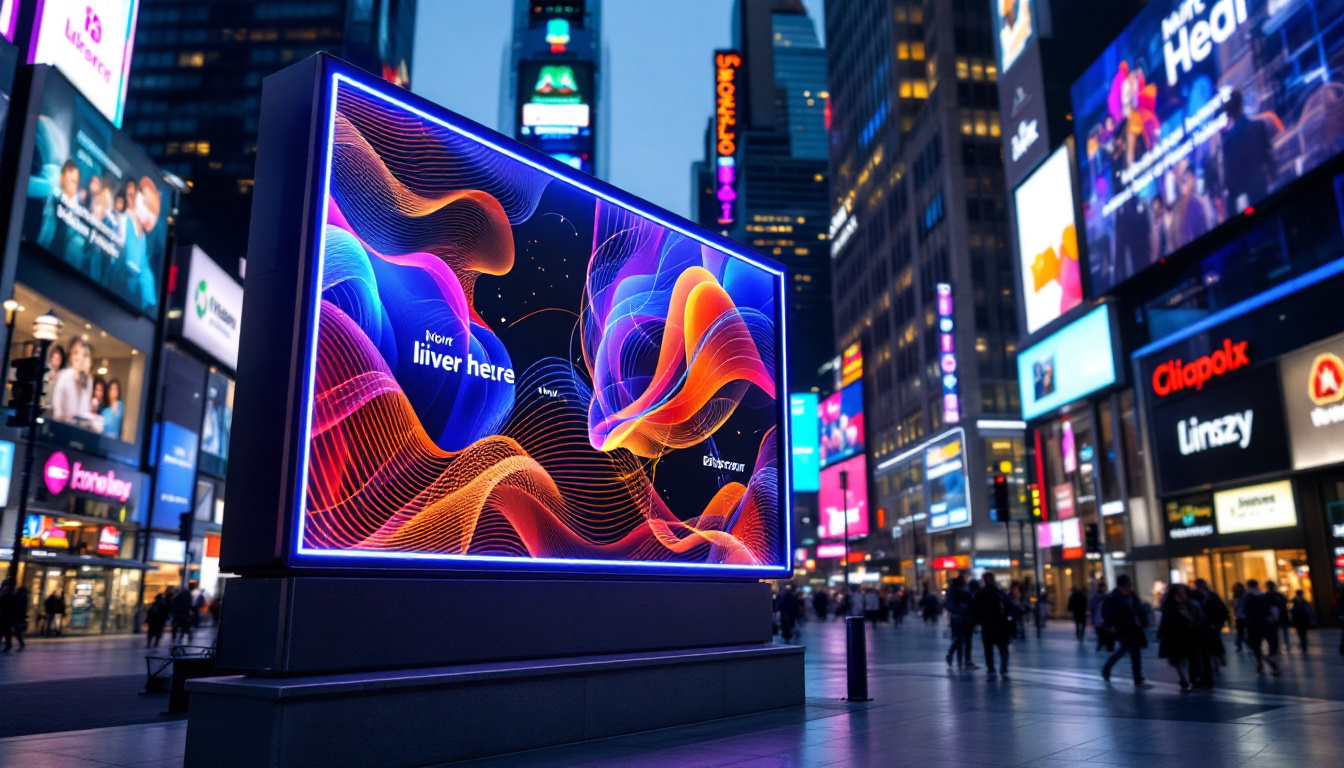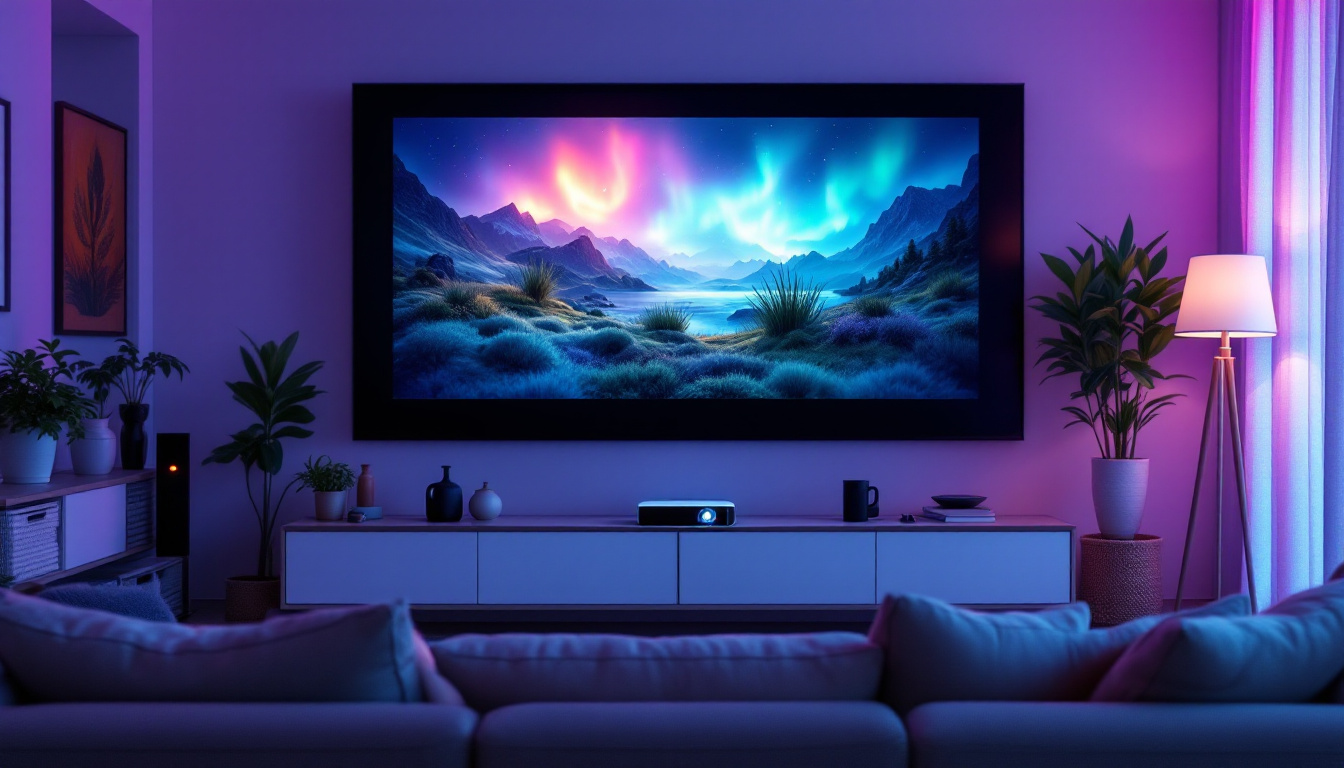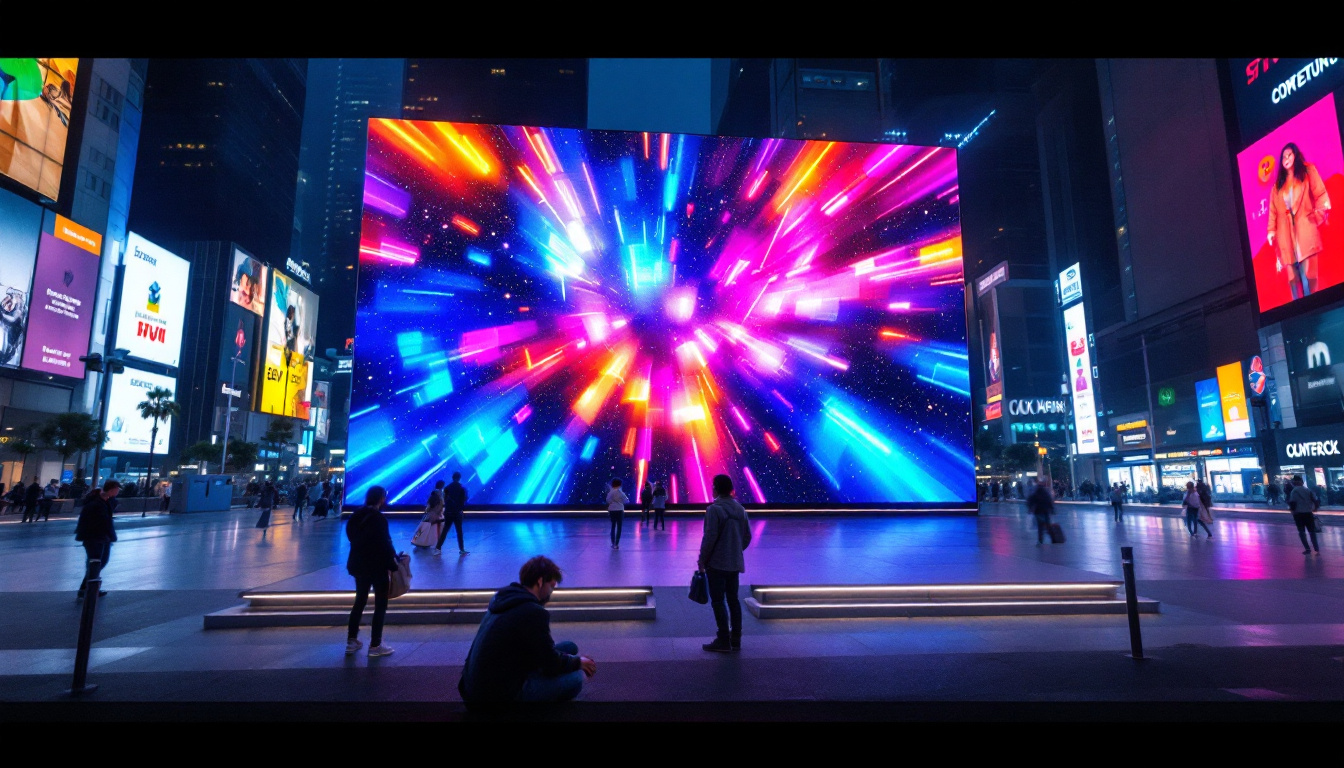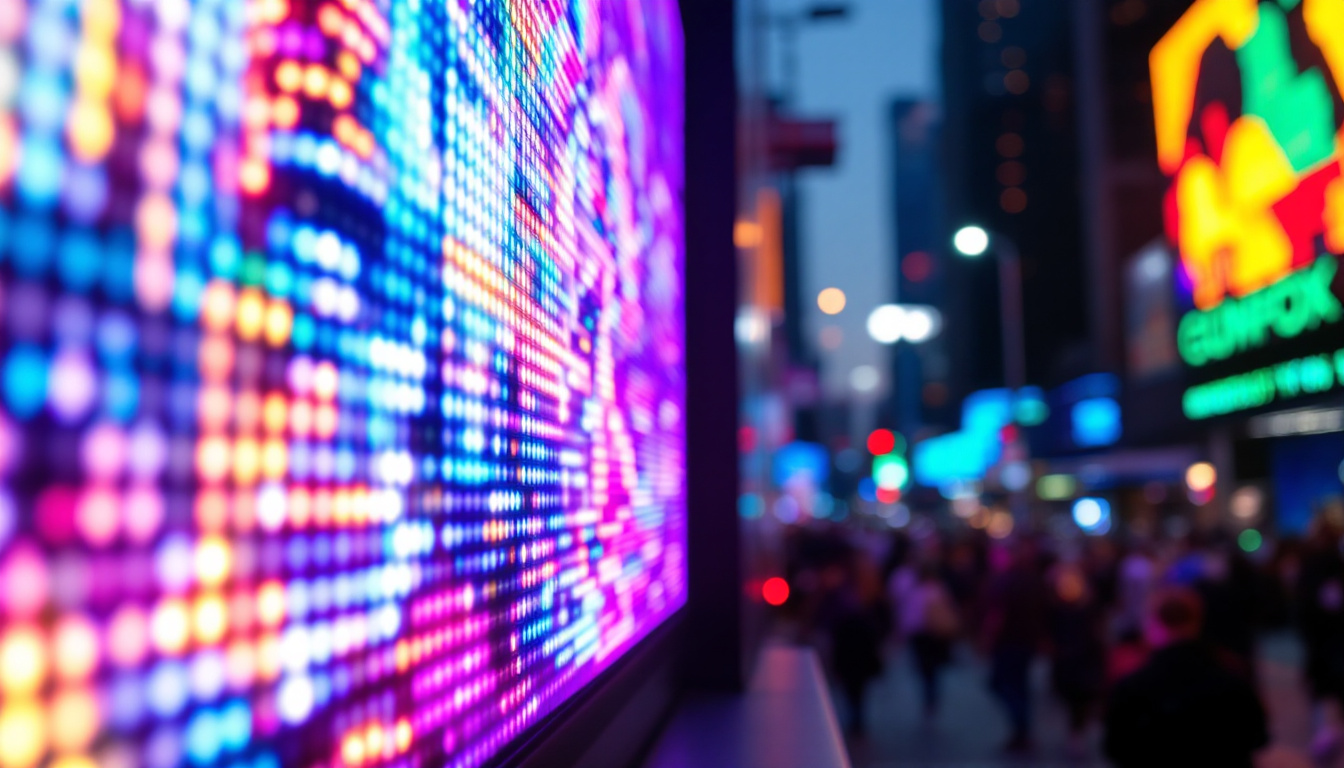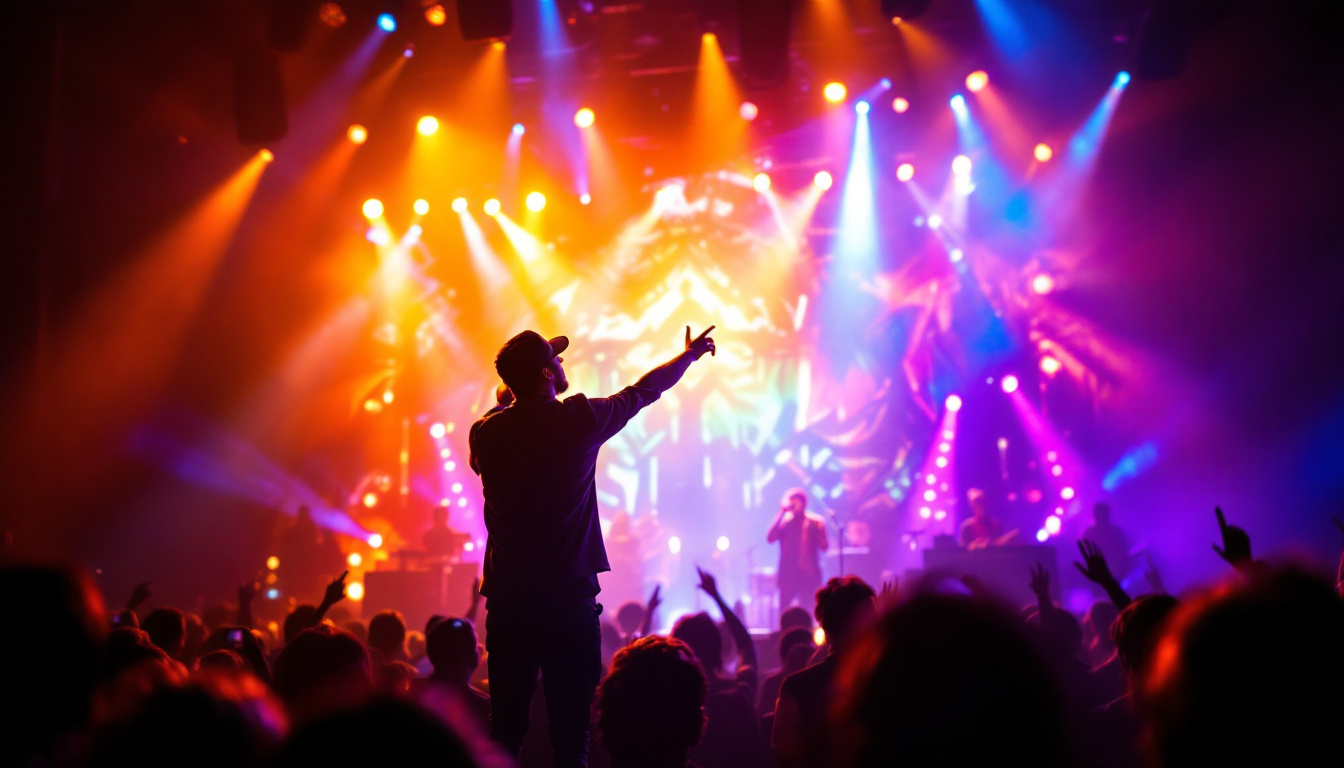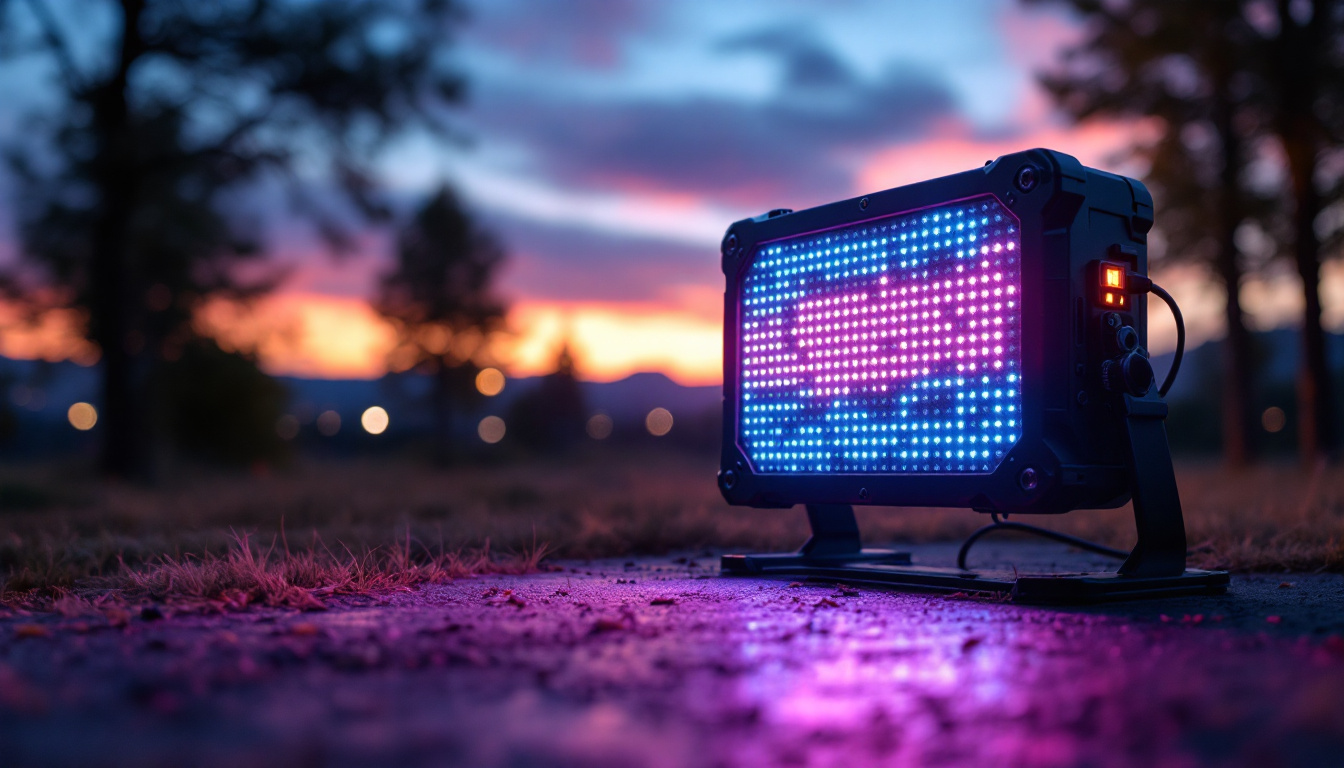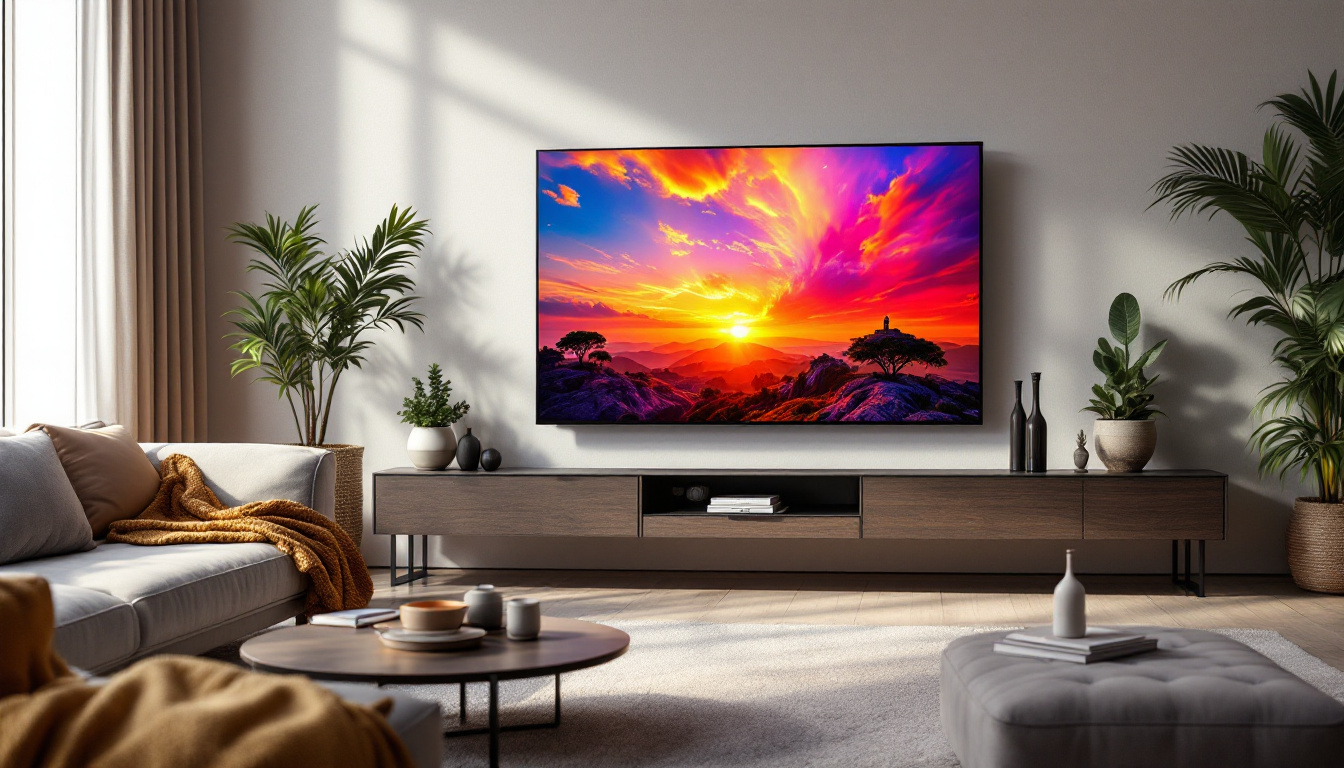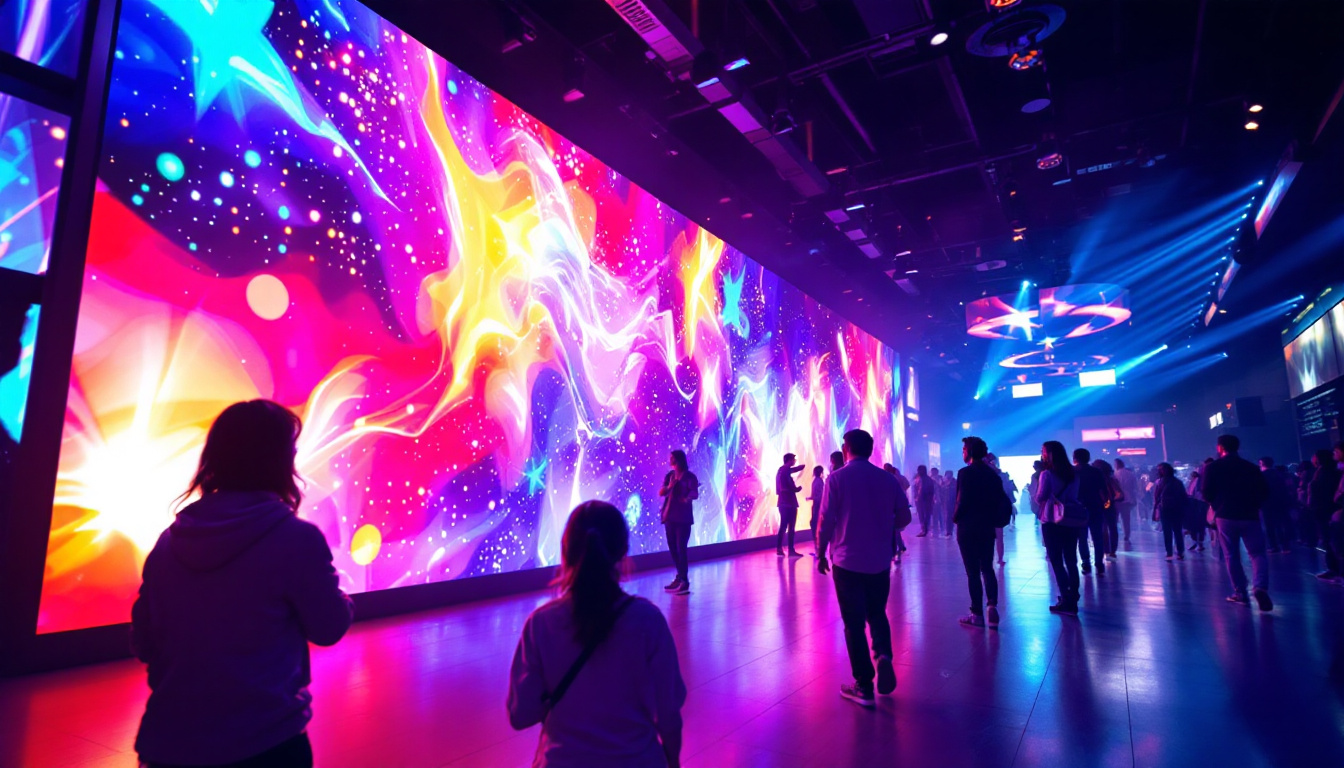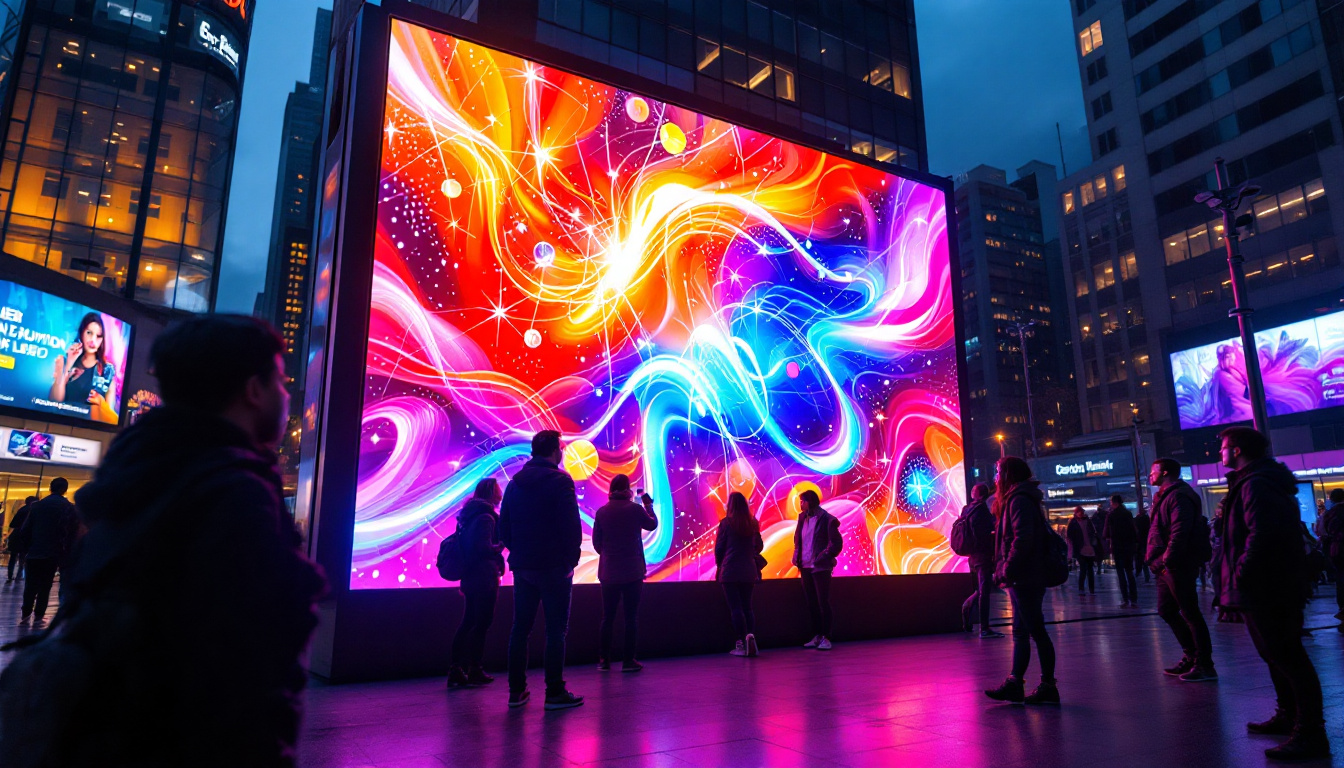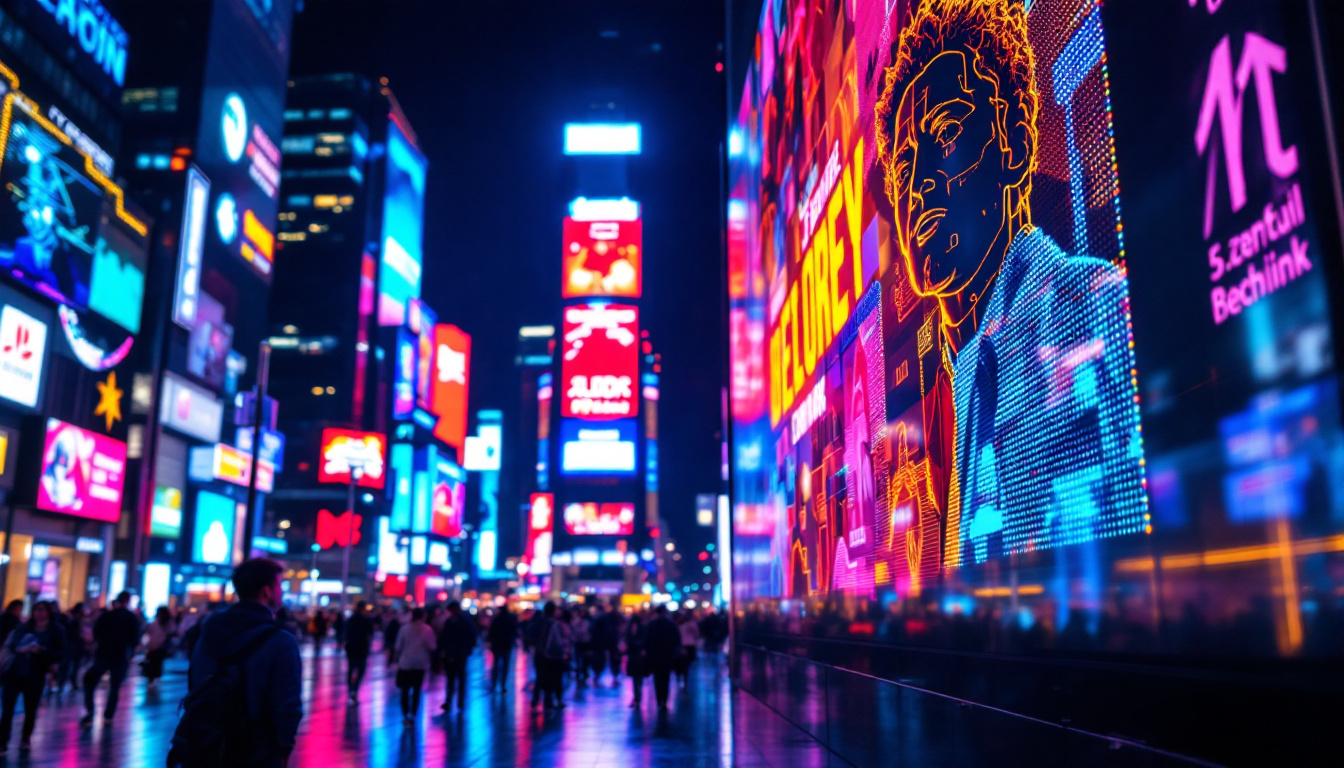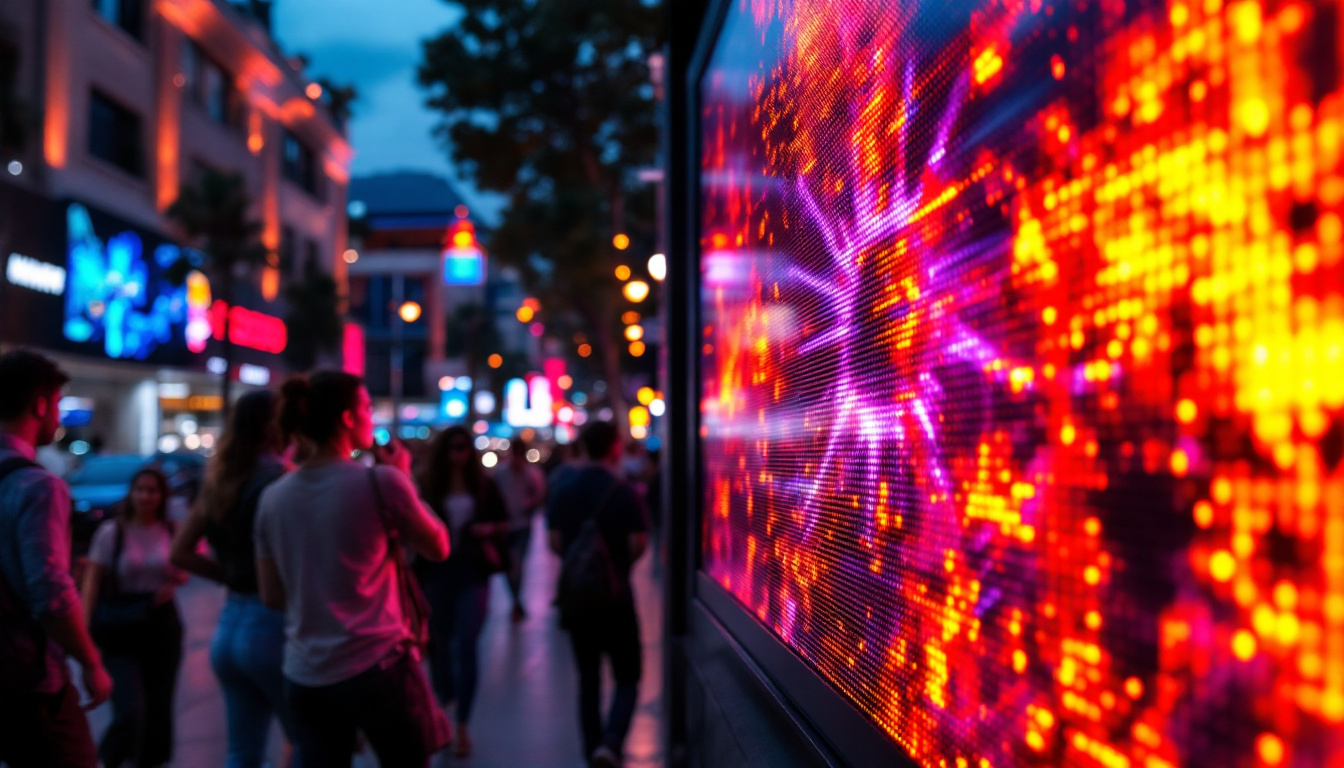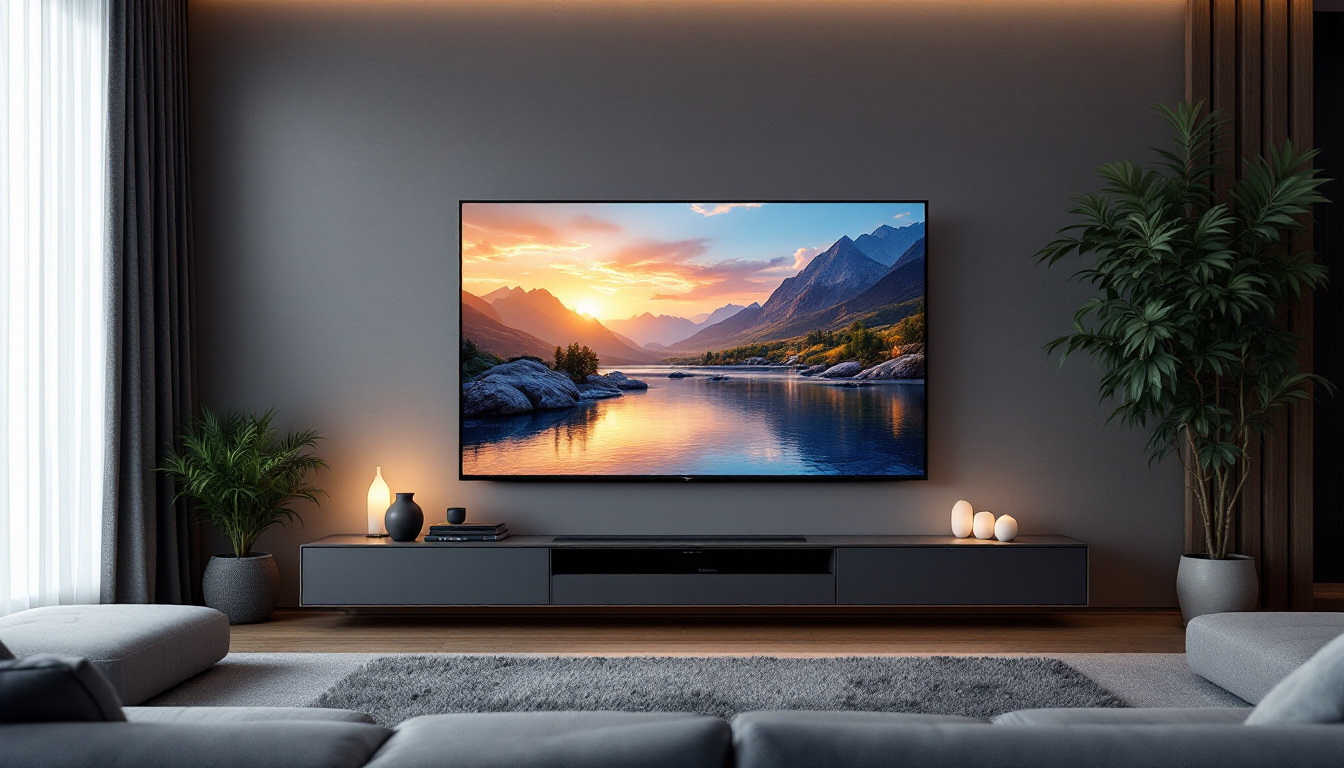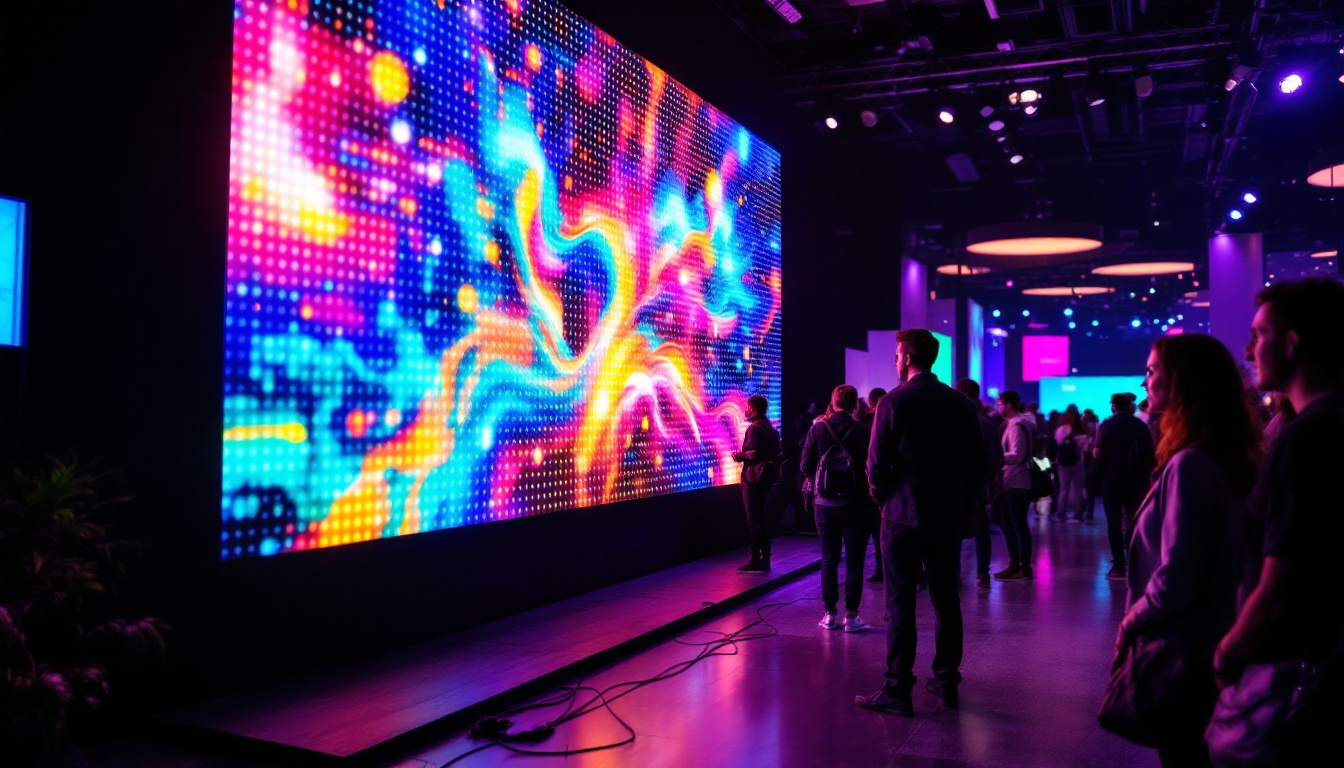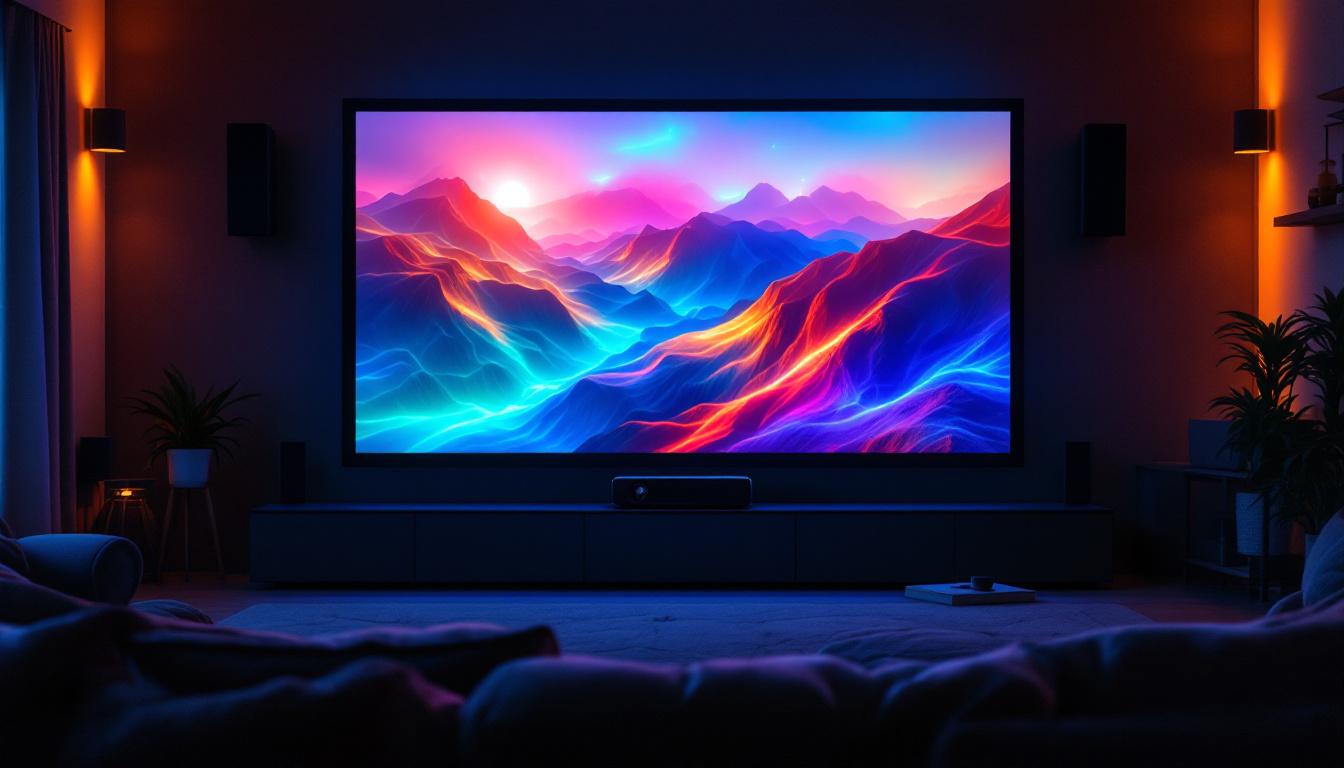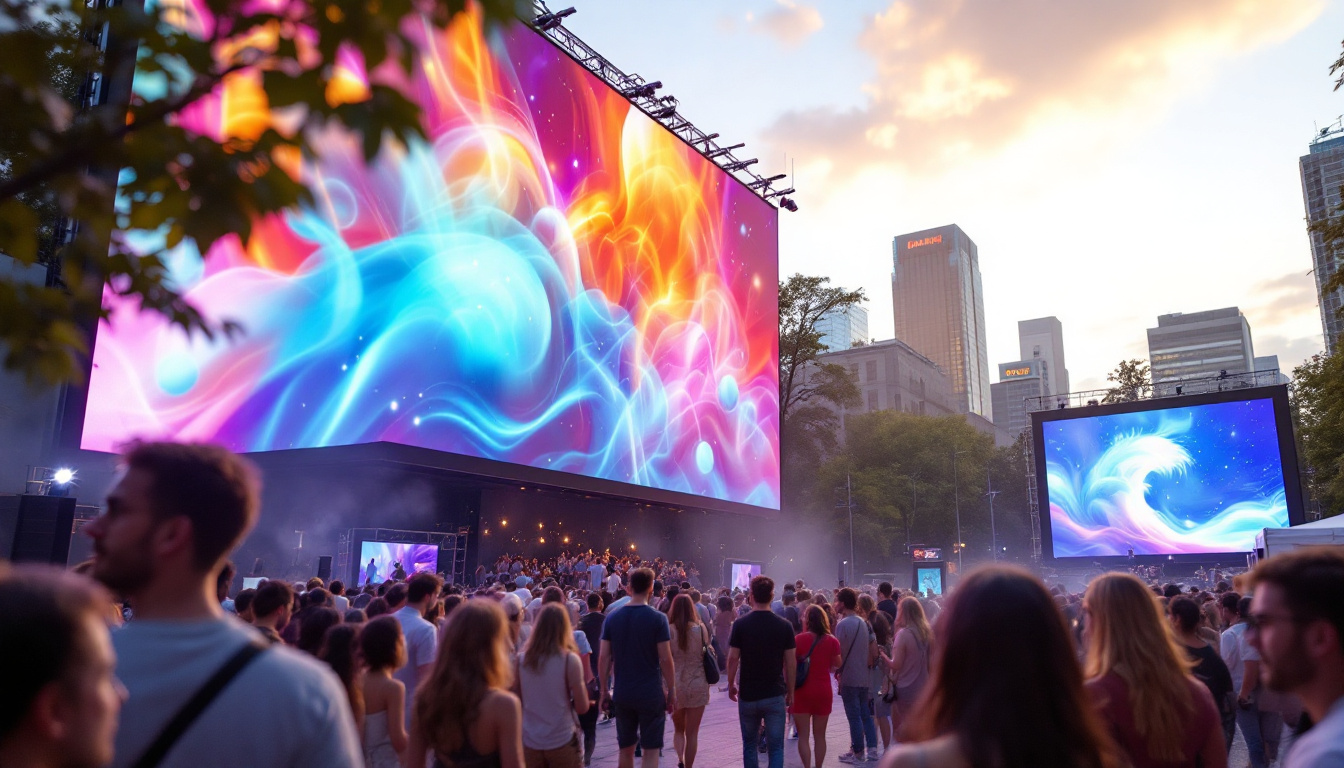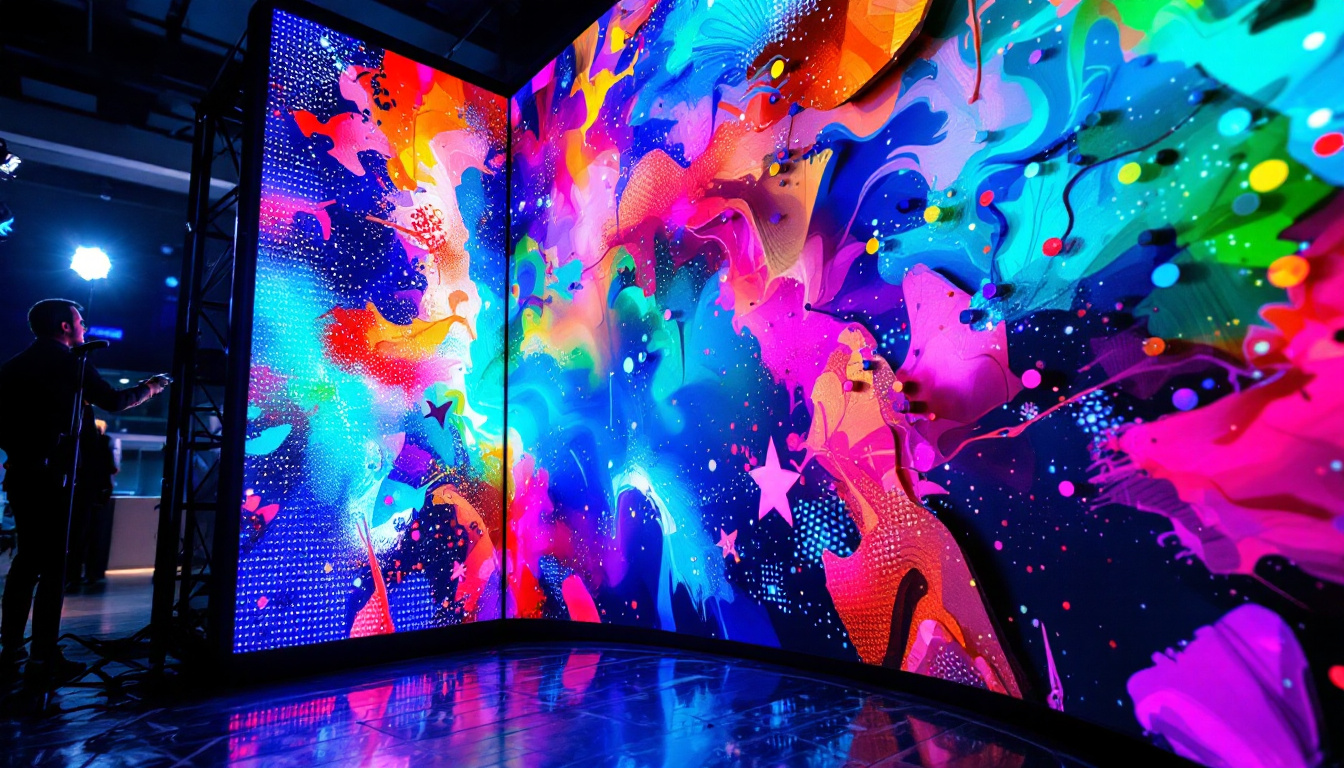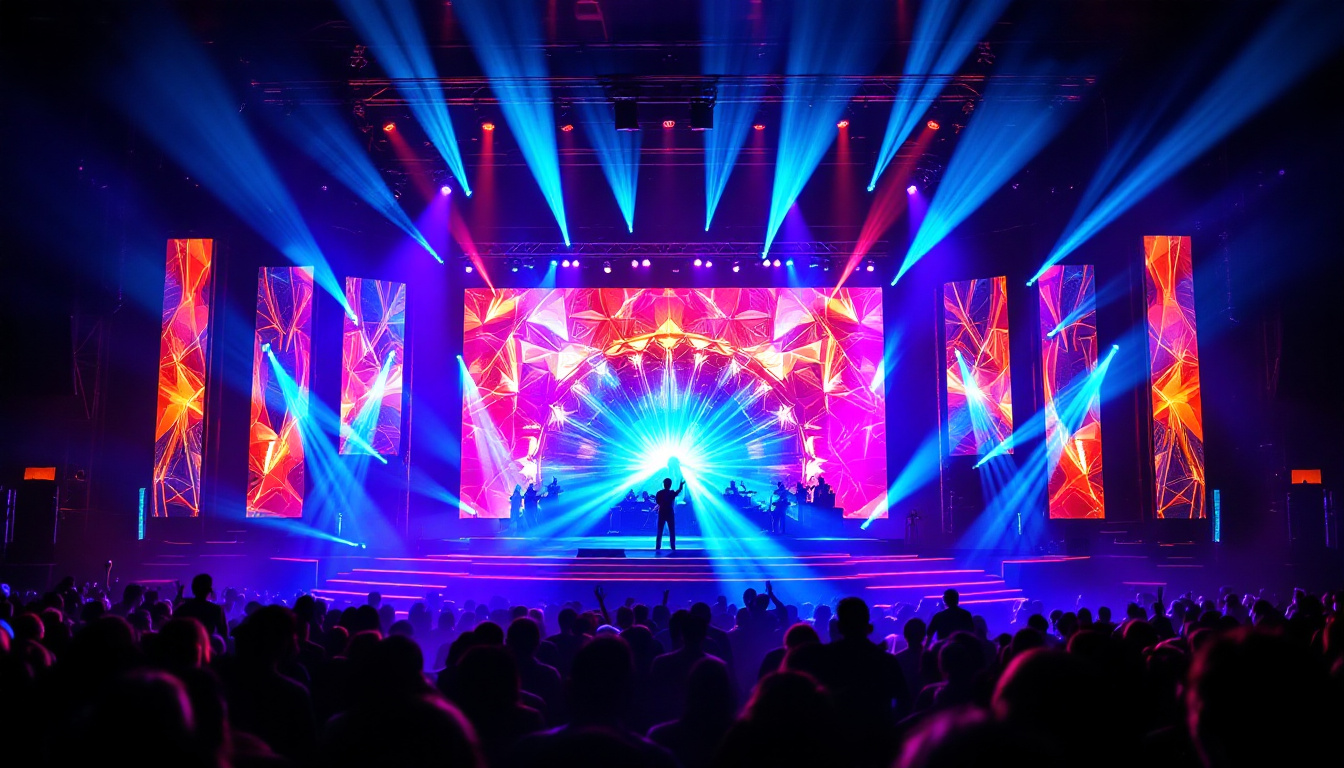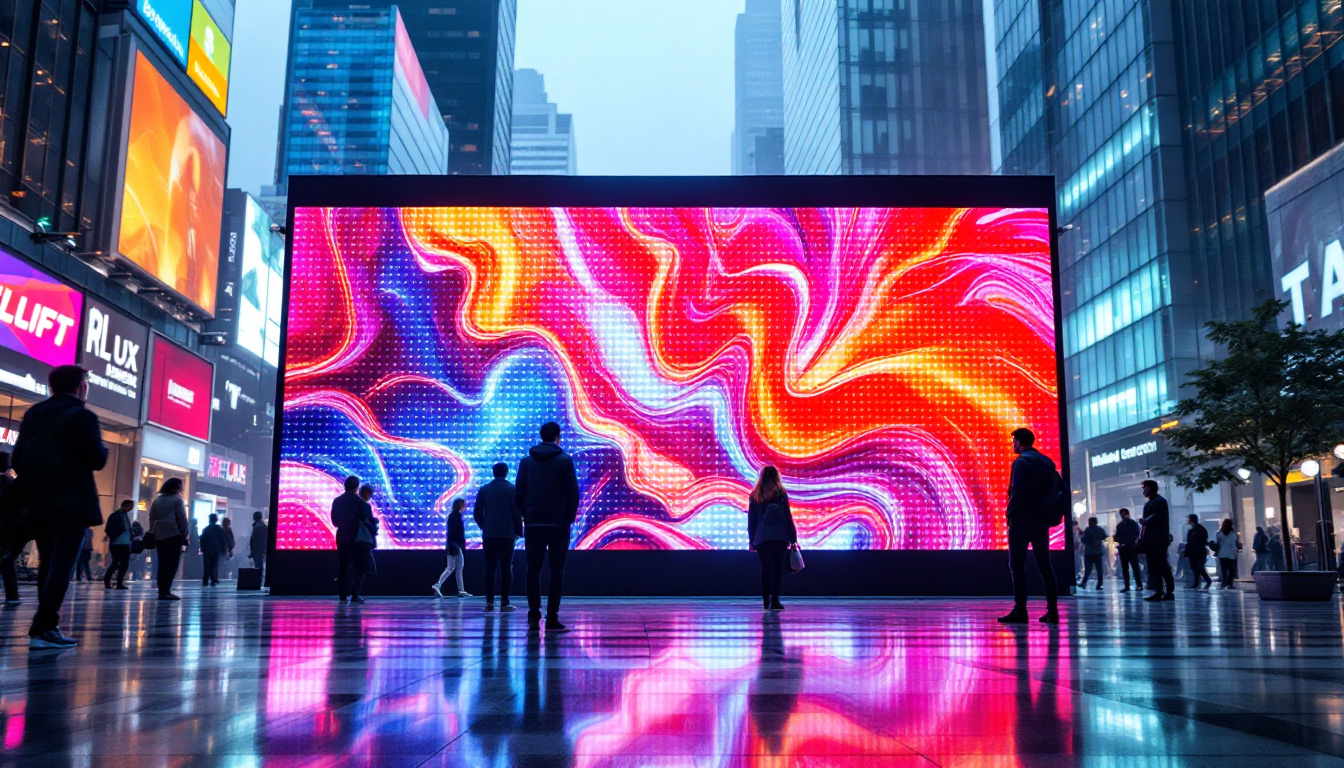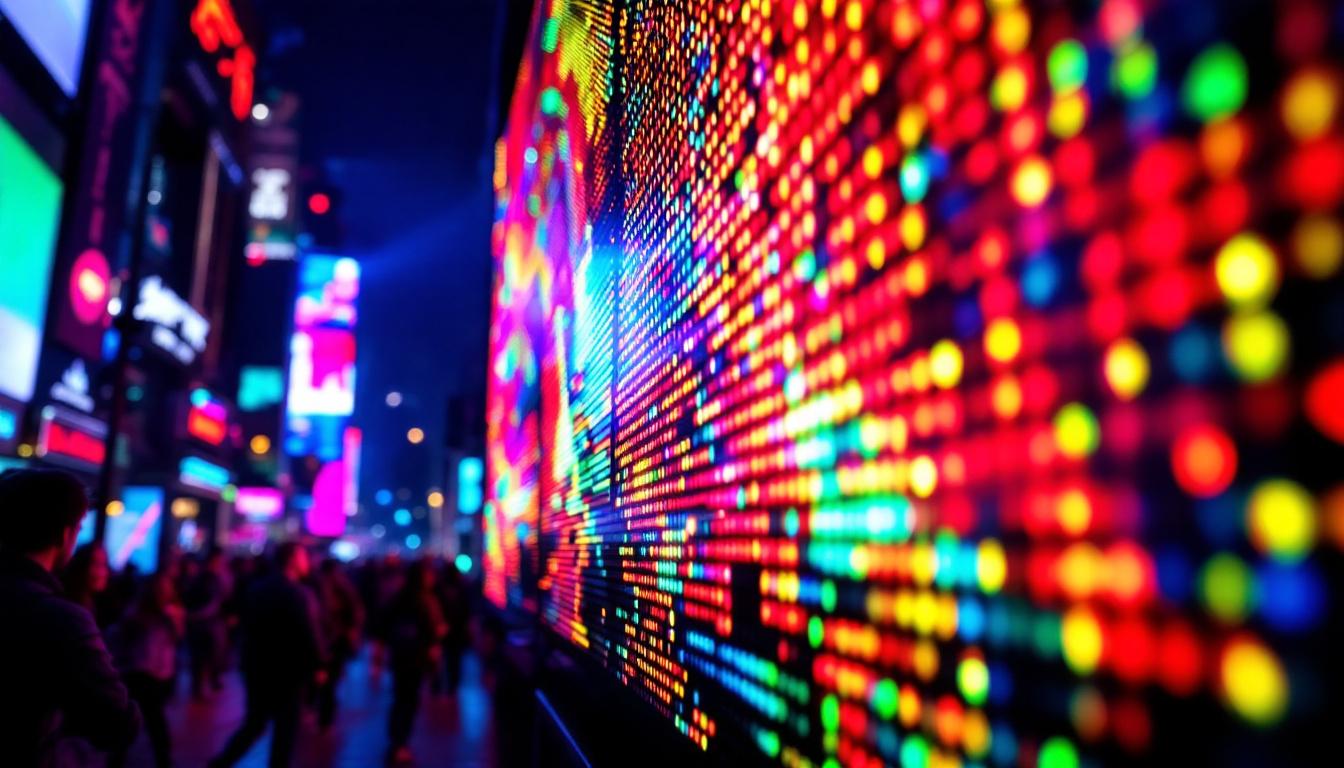In an era where visual communication is paramount, LED signage boards have emerged as a powerful tool for businesses and organizations. These vibrant displays not only capture attention but also convey messages in a clear and engaging manner. This article delves into the intricacies of LED displays, exploring their technology, applications, advantages, and future trends.
Understanding LED Technology
LED, or Light Emitting Diode, is a semiconductor device that emits light when an electric current passes through it. This technology is the backbone of LED signage boards, providing bright, energy-efficient displays that can be used in various settings. The efficiency of LEDs not only reduces energy consumption but also contributes to a longer lifespan compared to traditional lighting solutions, making them a cost-effective choice for businesses and consumers alike.
How LED Displays Work
At the heart of an LED display is a matrix of tiny LED lights. Each pixel on the display is made up of red, green, and blue LEDs, which can be combined in varying intensities to create a full spectrum of colors. When these pixels are arranged in a grid, they form images and text that can be easily seen from a distance. The technology behind LED displays has evolved significantly, with advancements in color accuracy and brightness levels, allowing for stunning visuals that can capture attention even in challenging lighting conditions.
The control system for an LED display is equally important. It processes the incoming data and determines how each pixel should light up. This allows for dynamic content, such as animations and videos, to be displayed, making LED signage boards far more versatile than traditional static signs. Additionally, modern LED displays often incorporate smart technology, enabling remote management and real-time updates, which is particularly beneficial for advertising and information dissemination in fast-paced environments.
Types of LED Displays
LED displays come in various types, each suited for different applications. The most common types include:
- Indoor LED Displays: These are designed for use in enclosed spaces, such as shopping malls, conference rooms, and theaters. They typically have a higher pixel density, resulting in sharper images and text. The vibrant colors and clarity of indoor displays make them ideal for presentations, events, and retail environments where capturing customer interest is crucial.
- Outdoor LED Displays: Built to withstand the elements, outdoor displays are larger and more robust. They feature lower pixel density but are designed to be visible in bright sunlight. Many outdoor displays also come with weatherproofing measures, ensuring durability against rain, wind, and temperature fluctuations, making them perfect for billboards and public announcements.
- Transparent LED Displays: These innovative displays allow for visibility through the screen while still projecting images and videos, making them ideal for storefronts and exhibitions. Their unique design not only enhances aesthetic appeal but also enables businesses to showcase products behind the display, merging advertising with product visibility in a seamless manner.
Another emerging type is the flexible LED display, which can be bent and shaped to fit various surfaces. This adaptability opens up new possibilities for creative installations, allowing designers to create immersive environments that captivate audiences. As technology continues to advance, the potential applications for LED displays seem almost limitless, paving the way for more interactive and engaging experiences in both commercial and artistic domains.
Applications of LED Signage Boards
The versatility of LED signage boards makes them suitable for a wide range of applications. From advertising to information dissemination, their uses are virtually limitless.
Advertising and Marketing
One of the most prevalent uses of LED displays is in advertising. Businesses leverage these boards to promote products, services, and special offers. The dynamic nature of LED displays allows for rotating content and real-time updates, ensuring that advertisements remain fresh and engaging.
In busy urban environments, LED billboards can capture the attention of pedestrians and drivers alike, making them an effective medium for brand visibility. High-resolution displays can showcase intricate designs, animations, and videos, enhancing the overall impact of the advertisement.
Moreover, LED signage boards can be strategically placed in high-traffic areas, such as shopping malls or busy intersections, to maximize exposure. They can also be integrated with social media feeds, allowing businesses to display user-generated content or live updates, creating a sense of community and interaction with the audience. This blend of traditional advertising with modern technology not only attracts attention but also fosters a deeper connection between brands and consumers.
Information and Wayfinding
LED signage boards are also widely used for informational purposes. Airports, train stations, and public transit systems utilize these displays to provide real-time updates on schedules, delays, and directions. The clarity and visibility of LED displays ensure that crucial information is easily accessible to travelers.
In corporate settings, LED boards can serve as wayfinding tools, guiding employees and visitors through large facilities. Interactive displays can enhance user experience by allowing individuals to search for specific locations or departments.
Additionally, educational institutions have begun to adopt LED signage for campus navigation and event announcements. These boards can display class schedules, campus events, and emergency alerts, ensuring that students and staff are well-informed. The flexibility of LED technology allows for quick updates, which is particularly beneficial in dynamic environments where information changes frequently.
Entertainment and Events
In the entertainment industry, LED displays play a vital role in enhancing audience experiences. Concerts, sports events, and festivals utilize large LED screens to broadcast performances, highlight key moments, and engage attendees. The ability to display high-definition video content creates an immersive atmosphere that captivates audiences.
Furthermore, LED signage boards are increasingly being used in theaters and cinemas for promotional content, trailers, and even interactive audience engagement, making them a staple in modern entertainment venues.
Beyond traditional events, LED displays are also transforming the way we experience public art and installations. Artists are now incorporating LED technology into their work, creating dynamic pieces that change in response to viewer interaction or environmental factors. This innovative use of LED signage not only enhances the aesthetic appeal of public spaces but also invites community participation and dialogue, blurring the lines between art, technology, and audience engagement.
Advantages of LED Signage Boards
LED signage boards offer numerous advantages over traditional signage methods. Their unique features contribute to their growing popularity across various industries.
Energy Efficiency
One of the most significant benefits of LED technology is its energy efficiency. LED displays consume considerably less power compared to traditional neon or incandescent signs. This not only reduces operational costs but also minimizes the environmental impact, making them a sustainable choice for businesses.
Longevity and Durability
LED displays are designed to last. With a lifespan of up to 100,000 hours, they far outlast traditional signage options. Additionally, they are more resistant to shock and vibration, making them suitable for both indoor and outdoor environments. This durability translates to lower maintenance costs and less frequent replacements.
High Visibility and Versatility
LED signage boards are known for their bright and vibrant displays, ensuring high visibility even in direct sunlight. This feature makes them ideal for outdoor advertising and public information displays. The versatility of LED technology also allows for various content formats, including text, images, and videos, catering to diverse communication needs.
Challenges and Considerations
Despite their many advantages, LED signage boards are not without challenges. Understanding these challenges is crucial for businesses considering their implementation.
Initial Investment Costs
While LED displays offer long-term savings, the initial investment can be substantial. The cost of high-quality LED technology, installation, and necessary infrastructure can deter some businesses from making the switch. However, it is essential to view this as a long-term investment that can yield significant returns through increased visibility and engagement.
Content Management
Managing content for LED displays can be complex, especially for businesses that require frequent updates. A robust content management system is necessary to ensure that the right messages are displayed at the right times. Without proper management, the effectiveness of the signage can diminish.
Regulatory Compliance
In many regions, there are regulations governing the use of LED signage, particularly for outdoor displays. Businesses must ensure compliance with local laws regarding brightness, placement, and content to avoid fines or removal of their signage. Understanding these regulations is essential for successful implementation.
Future Trends in LED Signage
The landscape of LED signage is continually evolving, with new technologies and trends emerging regularly. Staying informed about these developments can help businesses leverage the full potential of LED displays.
Smart Technology Integration
The integration of smart technology into LED signage is on the rise. Features such as sensors, analytics, and connectivity to the Internet of Things (IoT) enable displays to adapt in real-time based on environmental conditions or audience engagement. This level of interactivity enhances the effectiveness of the signage and provides valuable data for businesses.
Enhanced Interactivity
As consumer expectations evolve, the demand for interactive signage is increasing. Touchscreen capabilities, QR code integration, and augmented reality features are becoming more common in LED displays. These interactive elements allow businesses to engage customers on a deeper level, providing personalized experiences that can drive sales and brand loyalty.
Eco-Friendly Innovations
With a growing emphasis on sustainability, the LED signage industry is focusing on eco-friendly innovations. This includes the development of energy-efficient displays, recyclable materials, and sustainable manufacturing processes. Businesses are increasingly prioritizing environmentally responsible practices, making eco-friendly LED signage a compelling choice.
Conclusion
LED signage boards represent a significant advancement in visual communication, offering businesses a dynamic and effective way to engage their audiences. With their energy efficiency, durability, and versatility, they have become a staple in advertising, information dissemination, and entertainment. While challenges exist, the benefits far outweigh the drawbacks, making LED displays an essential investment for the future.
As technology continues to evolve, the potential applications and capabilities of LED signage will only expand. Businesses that embrace these innovations will be well-positioned to capture attention, convey messages effectively, and enhance customer experiences in an increasingly competitive landscape.
Discover LumenMatrix LED Display Solutions
Ready to elevate your visual communication strategy with cutting-edge technology? LumenMatrix is at the forefront of LED display innovation, offering a diverse range of solutions tailored to your unique needs. From Indoor and Outdoor LED Wall Displays to specialized options like Vehicle, Sports, and Floor LED Displays, our products are designed to captivate your audience and amplify your message. Embrace the future of digital signage with LumenMatrix and transform the way you connect with your audience. Check out LumenMatrix LED Display Solutions today and experience the power of advanced LED technology.

